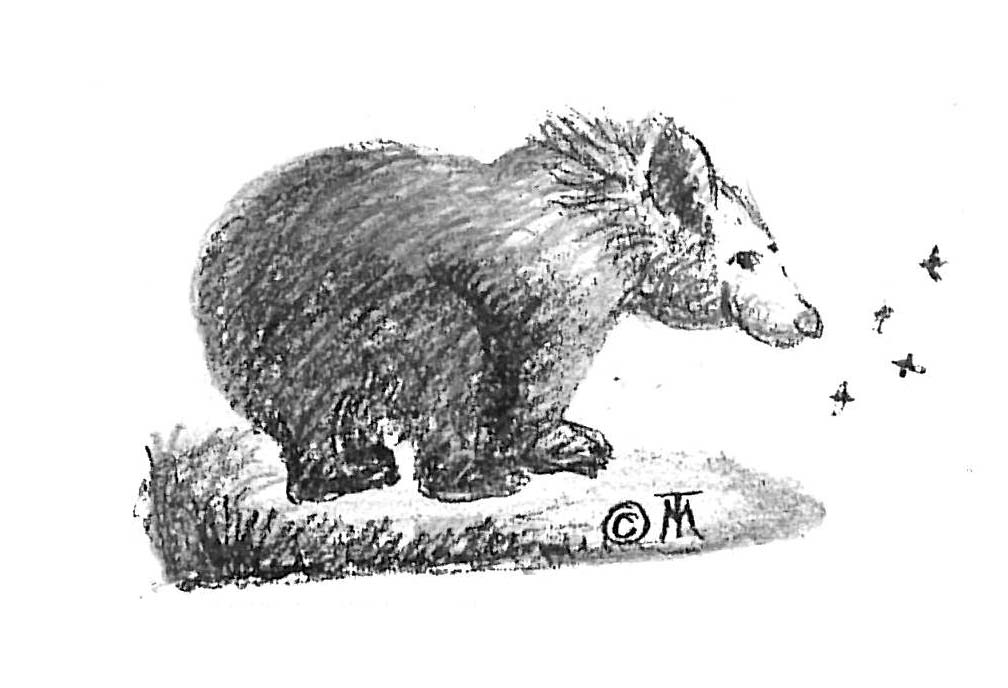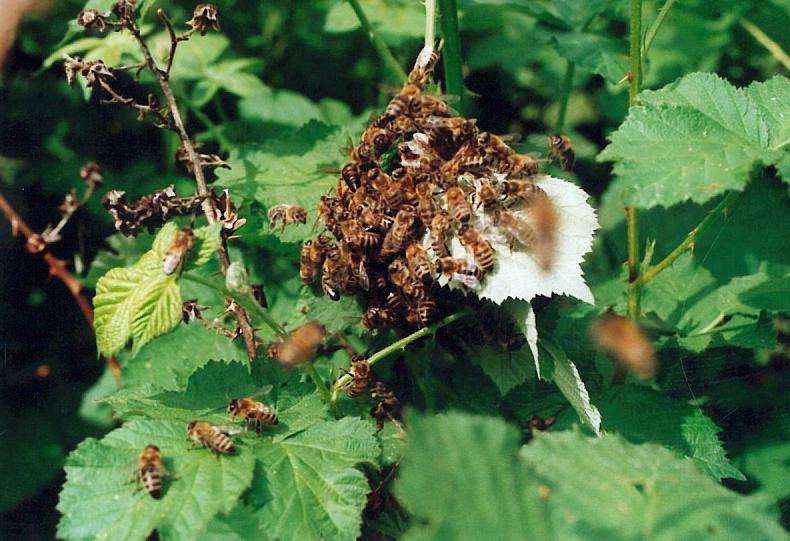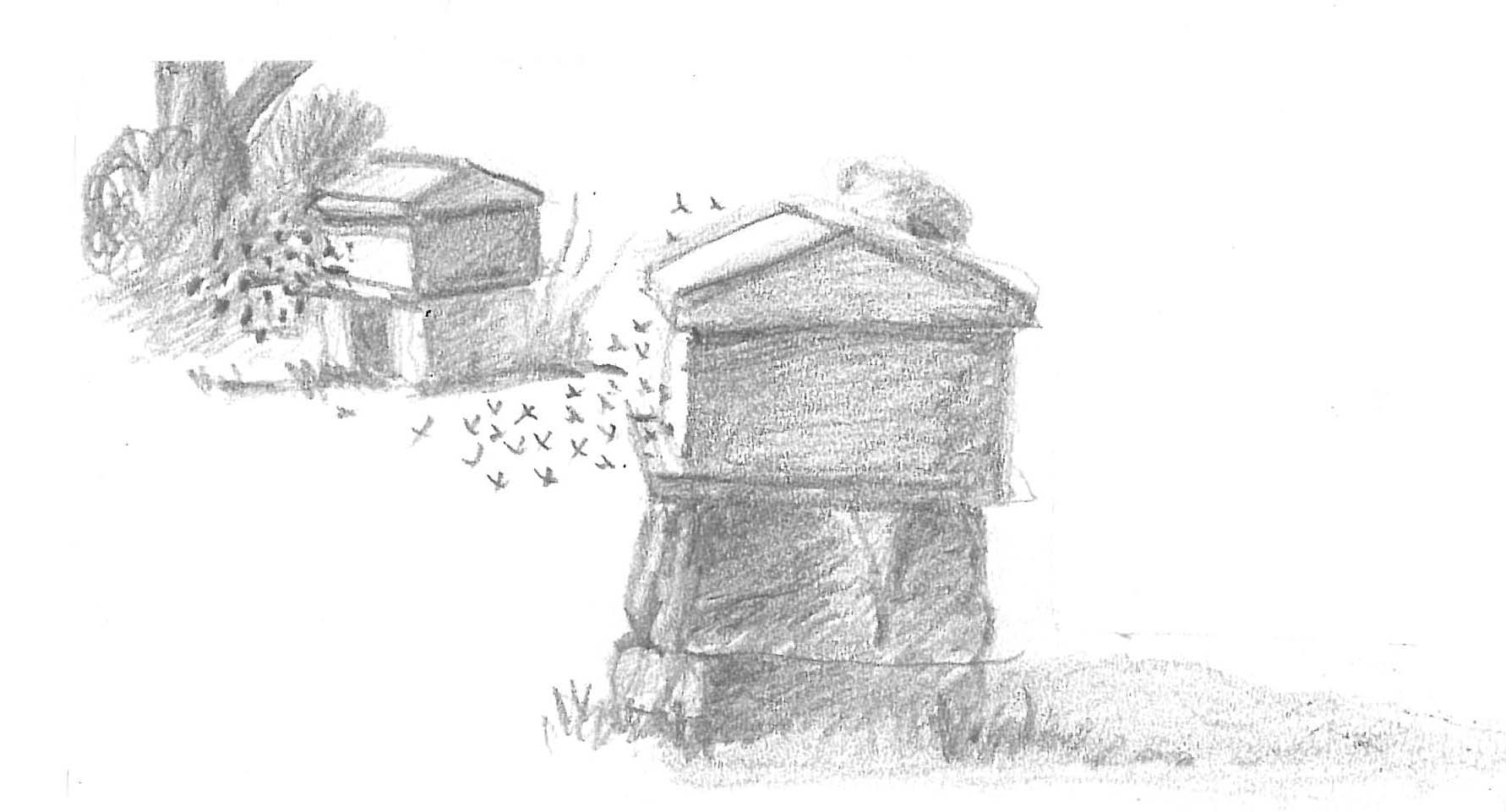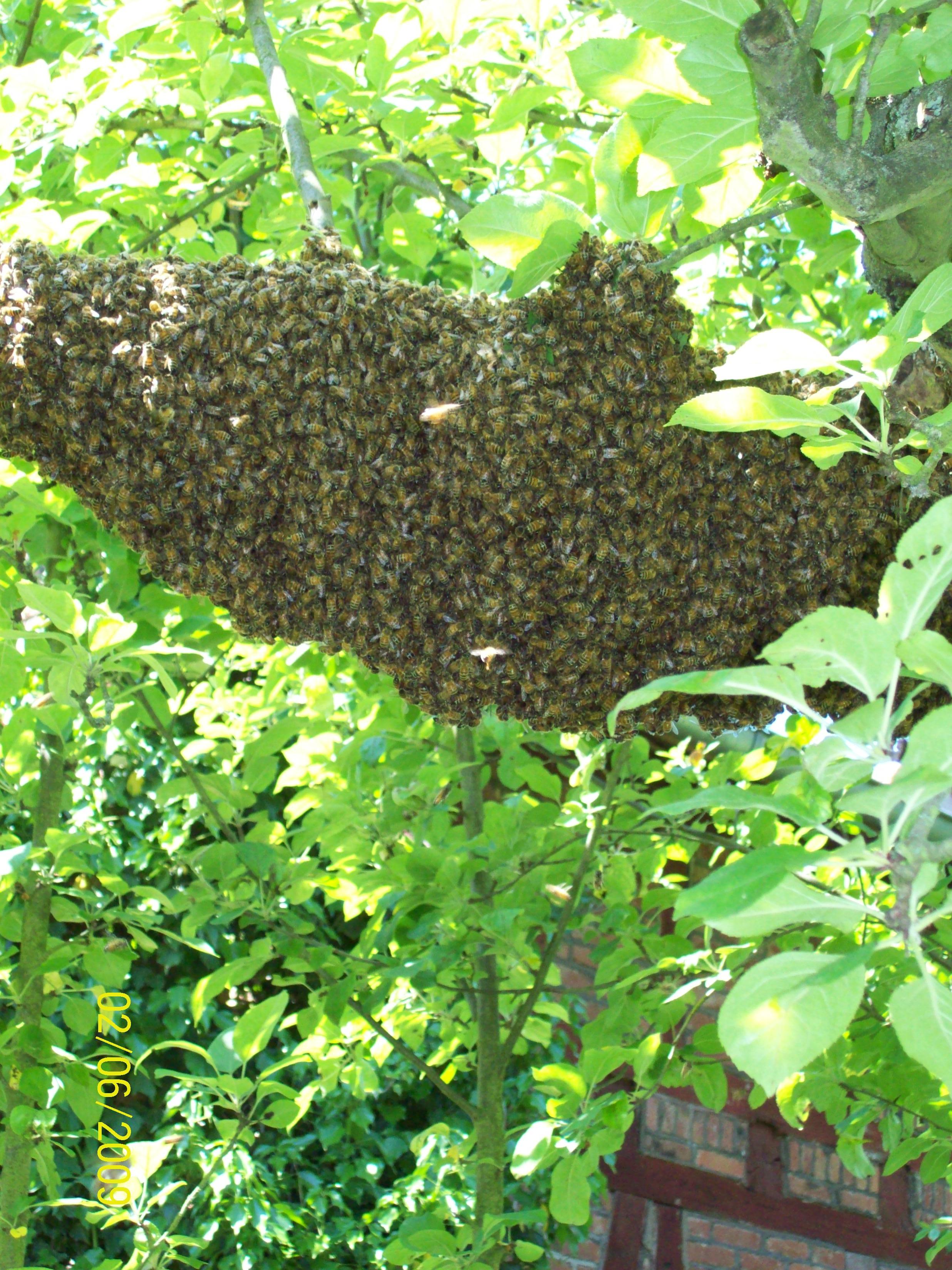Nature As A Model




Sign
up for bee-therapy | Beauty-cure
| Anti-aging | Infertility
| Cancer
of the breast | Hashimoto-Thyreoiditis
|
Crohn's disease
Rheumatism
| Juvenile idiopathic
arthritis | Heart
diseases | Arteriosklerosis
| MS |
Diabetes
| Neurodermitis
| Obesity |
Depression
and Psychosis
Allergies
| Alzheimer
/ Parkinson | Diseases
of the kidneys | Pancreas
| how
to improve fitness of the body
Propolis
| Beeswax | Royal
Jelly | Organic Honey |
Comb
in the Comb | Raw Honey
| Organic Beekeeping
Basic Course
Expertise
| Courses | Home
| Research | Save
Beecolonies-Bienenpatenschaft | Certification
| Training Apitherapy
The great from literature and science
as Shakespeare, Goethe, Schelling, Paracelsus have understood under nature
always something different than the traditionally science. It was looked
at it as a standard, there to find back one was endeavoured; therefore
Goethe also confess in his works concerning natural sciences: „Why I at
last consort best with nature, is, because she has always right and the
falsity can be only on my. However, if I negotiate with human beings, so
they err, then I, also they again and always the like, there comes up nothing
that clearly; but if I know to send me in nature, so it’s all done" (Nat.
Schr. II, 288).
That acquainted „back to nature" goes by no means only back on Rousseau,
though he has found very easily remembered words. As we treat Goethe and
his views on nature and science at other places more detailed (1), we give
here the word further to Rousseau - naturally we let him talk in his mother
tongue, therewith at end one time our french friends come at theirs costs.
Similar as Aristotle he attracted attention, that the human being rarly
knows other bad things than those, he provides for himself: "L'homme n'a
guère de maux que ceux qu'il s'est donnés lui-même"
(2).
He regards that, what the human being till now has performed, for example
the rivers, which he has made navigable, the land, he has cultivated, the
lakes, he has duged off and the swamplands, he has dried up; he cogitates
about the true advantages, coming from from all that for the fortune of
the humanly kind, and comes to the conclusion, that one only could be shoked
over the prodigiously disproportion, that rules between these things; after
all one have to complain the blindness of the human beings, because the
kind nature had saved him much effort, if he would have cooperated with
her.
"Quand, d'un côté, L'on considère les immenses traveaux
des hommes, [...] des fleuves rendus navigable, des terres defrichées,
des lacs creusés, des marais desséchés [...]; et que,
de l'autre, on recherche avec un peu de méditation les vrais avantages
qui ont résulté de tout cela pour le bonheur de l'espèce
humaine; on ne peut qu'être frappé de l'étounante disproportion
qui régne entre ces choses, et deplorer l'aveuglement de l'homme,
qui, pour nourir son fol orgueil et je ne sais quelle vaine admiration
de lui-même, le fait courir avec ardeur aprés toutes les misères
dont il est susceptible, et que la bien faisante nature avoit pris soin
d'écarter de lui" (3).
By this it has become clearly, that nature lets pay expensively for
the disdainfulness of their teaching. One think of the problems of the
today's farming, and which civilisation diseases increased performing as
a result of nutritional disorder resp. the achievement, that we now have
to carry the external costs, which grew up by the environmental destruction,
one think of the problems of the work etc.. ROUSSEAU had ascertained at
his time following behaviour patterns against nature: the mixing of the
dining, unhealthy spicing, spoiled food, counterfeited drugs, fraudulences
of those, who sell it, poison at the containers, where they are produced
in, bad air in meetings of crowds and that "crowding - symptom" evoked
by it, and generally the kind to life, which entails a pampering of our
way of life. After all he thinks about all the worries, which has transformed
our subtle touchiness in necessary habits, their neglect, or absence
does cost us at once the life, or the health.
"Si vous considerez les peines d'esprit qui nous consument, les passions
violentes qui nous épuisent et nous désolent, les traveaux
excessifs dont les pauvres sont surchargés, la molesse encore plus
dangereuse à laquelle les riches s'abandonnent, et qui font mourir
les uns de leurs besoins et les autres de leurs excés. Si vous songez
aux monstrueux mêlanges des aliments, à leurs pernicieux assaisonements,
aux denrées corrumpues, aux drogues falsifiées, aux friponneries
de ceux qui les vendant, aux erreurs de ceux qui les administrent, au poison
des vaisseaux dans lequels on les prépare; si vous faites attention
aux maladies épidemiques engendrées par le mauvais air parmi
des multitudes d'hommes rassemblés, à celles qu'occasionnement
la delicatesse de nôtre manière de vivre, les passages alternatifs
de l'intérieur de nos maisons au grand air, l'usage des habillements
pris on quittés avec trop peu de précaution, et tous les
soins que notre sensualité exessive a tournés en habitudes
nécessaires et dont la negligence ou la privation nous coûte
ensuite la vie ou la santé[...] en un mot, si vous réunissez
les dangers que toutes ces causes assemblent continuellement sur nos têtes,
vous sentirez combien la Nature nous fait payer cher le mépris que
nous avons fait de ses lecons" (4).
Similar as ROUSSEAU does not turn himself fundamentally against the
sciences, so NIETZSCHE criticizes the sciences not generally, but only
the dilapidation of science: "such an exclusive expert is similar then
to the blue collar worker, who, all one's life, makes nothing else as a
determined screw, or handling, to a determined tool, or to a machine, wherein
he archieves then of course an unlikely virtuosity. in Germany, where one
understands, also to hang over such painfully facts an glorious jacket
of thoughts, one admires maybe quite this close specialization of our savants
and their always further erring from the right formation as a moral phenomenon:
the 'stickler for details', the 'faithfulness of a pedant' will become
the grandiosity theme, the illiterateness beyond of the branch is shown
as a figure of noble frugality" (on the future II, 1).
Regarding ROUSSEAU in relating with science, modern farming and beekeeping
there is still a lot left to say (5). but we don’t want to incur
us with the reproach, we would engage us only with dusty views, which had
nothing to do with the present time - that this is not the case we'll see
directly.
In this connection I remember namely a small story of one bee scientist,
who believes to have found in his innately type a way „back to nature".
While I was walking through my beegarden, calmly, watching the bees, who
themselves were a bit surprised about the mild weather - which was too
mild for the season (I think it was a day in the end of Jannuary). After
a while I was just looking into the recent issue of the German Bee-Jounal
without a special pupose. – Look! That’s it! „Nature as a standard" (6).
What’s it about? About natural/organic beekeeping? Is the beecolony estimated
as whole, which the beekeeper preferably doesn’t want to disturb?* Or what
does Mr. Schley/PhD wants to tell us with it? Nothing of that kind, as
it will turn out straight away. He’s talking about instrumental insemination
of the queen. Artificial or instrumental insemination of a beecolonies'
queen sounds strange enough; and if I hadn't heard about it before, I wouldn't
believe that it's possible. However, let’s see his questions more in the
light:
„Why only according one scheme? Although instrumental or artificial
insemination for the queen is already for a long time a well known technique,
always again alterations have been suggested and improvements carried out;
regarding method as well as technical equippment. As a recent improvement
may be termed the ‘CO2-Durchflußadapter’. It has now been equipped
with special balls and leads to a new quality in respect of anaesthesy"
(7).
Here we get to know right the contrary to dusty views! A new quality
of anaesthesy of the queen during the procedure of artificial insemination
is discussed. Some scientists really get excited.
„The insertion of insemination cannula has been made much easier by
a special hook („Lochhaken") and a very practical grab-tool („Stachelgreifer"),
which I have invented and developed for practical use, thus, there isn’t
any problem left, only the beginner needs some instructions at first" (8).
How fortunate that we have Mr. Schley, otherwise we had no „Lochhaken"
and „Stachelgreifer". Well, that’s obvious, that „the beginner needs some
instructions at first", finally one isn’t born as a drone! But an unpleasant
fact it is nevertheless, that dopey behaviour of the would-be-drones:
„According the experiences from the courses on insemination there are
for the beginners still some difficulties despite all advances, namely
the taking up of the sperms from the drone and the injection of the sperm
into the vagina of the queen" (9).
But why all this excitement? Why don’t we let the drones and the queen
do it in their own way on a special wedding celebration? Briefly, one may
live among the living and let the water flow under the bridge without taking
care about it, at least without causing oneself worry because of that.
However, Mr. Schley can’t be kept back anylonger, he has the „preparation
of the queen in the special tube" („Halteröhrchen") (10) in his head:
„In respect of the placement of the deadened queen at the queen-mounter,
it is worldwide carried out according the same scheme: At the right side
of the insemination instrument - seen from the view of the inseminator
- there is the special hook or grab-tool (grabs after the back of the queen),
at the left side another hook (hooks from the side of the belly)" (11).
In the meantime we drifted already very far away from nature, nevertheless
Mr. Schley thinks that he is taking Nature as a standard: „Applied to the
insemination instrument it means that the queen-holder-tube needs to be
turned 180 degrees around horizontally. The back of the queen is now on
the left side. That position is in accordance with natural mating" (12).
As if it were in the open countryside! That’s Mr. Schey’s back to nature.
Well, yes, it sounds all a bit technical but nature is his standard or
model and also the direction is correct:
„The hookholder therefore needs to be fixed reciprocal. The vagina (‘Stachelkammer’)
of the queen points to the correct direction, namely to the insemination
cannula" (13).
Naturally it is absolutely clear, that regarding such a precision work,
the precision engineer needs to take care about fineness; for instance
in respect of „manipulation with the special hooks or grab-tools" (14).
Similar to the drone high above in the sky, one must consider and weigh
up acurately: „Is the manually operated lever being moved 2 mm, thus the
hook or clemp above the queen does react only 1 mm" (15). – We can only
hope that the drones are as good aquainted with it as Mr. Schey. But how
may such a simple drone be able to do all that? Especially also if one
time may happen something unexpected?
„The change of the hookholder has in so far consequences, as the right-handed
person needs to grasp the queen now with the left hand. In case he can’t
get to like that change, thus the angle of the tube should be checked"
(16).
Oh yes, Mr. Schley has his reasons for each way of handling: „The recommendations
of the tube angle have been changed with good reason several times according
applied technique. Under the pointed out conditions the 70-degree-angle
can be estimated to be the upper border for the ordinary method. A more
flat posion of 60 degree were more advantageous" (17). – Truthfully, I
would like to see the drone, who wanted to compete with Mr. Schley!
But all that is still nothing compared with all the dangers who, being
hidden, lie in wait for. It’s true, heavon and earth has been moved in
order to put the queen out of action in the greatest possible extend: „The
queen, as said before, should not lay deep inside the tube. The holder
of the tube is being fixed in that way that three to four abdomen-rings
protrude" (18). But one can’t be clever enough: „The danger that too small
queens may work themselves backwards through the bigger opening, can be
faced by stopping her with the forefinger and waiting until the anaestesia
is effective" (19).
No drone would understand the problems of Mr. Schley, even less the
quarrel and arguments which have erupted about the problems of eminent
importance: „May the top of the insemination cannula be plain or sloped?"
(20). Well, as here really are being discussed matters of enormous significance
I’ll hand it over to the high-carat scientists:
„Recently it is being discussed in Great Britain, to what extent sloped
tops of the cannula according to their models in medicine do have advantages.
The sharpening of the cannula brings no profit and increases more the risk
of injury" (21).
Finally Mr. Schley feels very enthusiastic about all the many possibilities
for adjustment and tuning of the instrument: „Summing up, there is no standstill
and no rigid rule also regarding tried and tested methods. The insemination
instrument is constructed in a way that you have a lot of possibilities
for adjustment" (22).
As I told a friend in Hamburg about all these quarrels, he said: Do
you find more twaddle and claptrap in the poppycock and twaddle of the
herring sellers on the fish maket in Hamburg than in the public discussions
of the men’s of that profession?
I for my part keep to what we were born for, that we should seek the
truth (23); to posses it, is up to a higher power. The world is only a
school for research. Not, that one may be able to put something into it,
but decisive is, who does catch most out of it.
Notes and further reading
*)
More information and address source for Bee-produce from beekeeping
considering the character of bees - for instance: comb honey with
natural cristalization (not heated) and honey from natural combs
(neither extracted nor stirred nor heated before filling) as well as pure
beewax without residuals under :
List
of beeproduce
Centre
for social Medicine and Natural Apitherapy
Centre
for Ecological Apiculture.
Beekeeping
courses (practical and distance) in the Centre for Ecological Apiculture:
start now with ecological top-bar-beekeeping for beginners!!
**)
see also Apicultural
Review Letters
1. Thiele, M. 2002: Nature and
Art; and T+T Consult 2002: Internet Kurs #20 Bad Sooden, Deutschland.
2. Jean-Jacques ROUSSEAU (1712 - 1778): Oeuvres complètes,
OC III: 109, Discours sur l'origine; édition publiée sous
la direction de Bernard Gagnebin et Marcel Raymond, Gallimard, Bibliotheque
de la Pléiade, Paris, Bd I-IV, 1959-69.
3. Ibid, OC III: 109.
4. Ibid, Discours sur l'origine, note IX
5. Internet Seminar zum Thema: Goethe, Rousseau und die
moderne Naturwissenschaft.
6. Schley, P., 2002: Instrumentelle Besamung: Warum nur
nach einem Schema? Deutsches Bienenjournal 10 (2): 54-55. Berlin, Germany.
7. Ibid.
8. Ibid.
9. Ibid.
10. Ibid.
11. Ibid.
12. Ibid.
13. Ibid.
14. Ibid.
15. Ibid.
16. Ibid.
17. Ibid.
18. Ibid.
19. Ibid.
20. Ibid.
21. Ibid.
22. Ibid.
23. To practical side regarding honey; in this time one
finds on the honey jar as a rule only generally set phrases, but that one
has to do it for example with a representative of the „back to nature"
in the sense of Mr Schley, will be prudentially and very wisely conceiled.
The bee keeper associations proceed here not unlike the Bio - associations**
in Germany who are certifying also organic beekeeping, and which have united
themselves in the BOELW, after they had dissociated the old holding company
(AGOEL). The Nitrofenscandal in Germany have made even some changes of
names and regroupings necessary. But that beguiles not over that fact away,
that EU-inspectors like BCS-Eco guarantee, SCAL, QAI, Soil-Association
and other organic associations like Naturland, Bioland, Gäa permit
the artificial insemination of the queen bee and the accordingly certified
organic honey get sold in supermarkets like Alnatura, Tegut, the nature
food shops and health-food shops.
First published: Natural
Science Issue 4/2002, Vol. 1 - Scientific research in higher morphology

